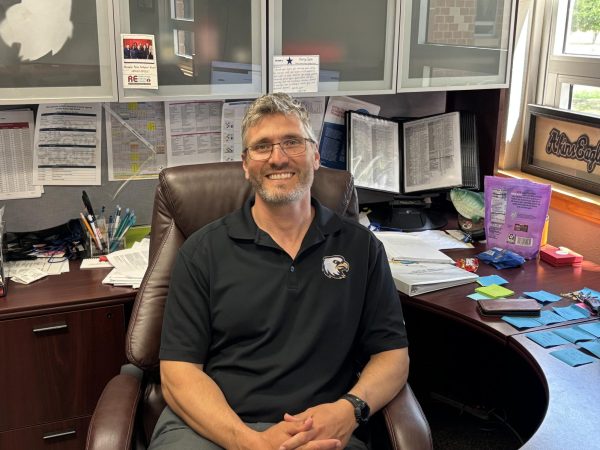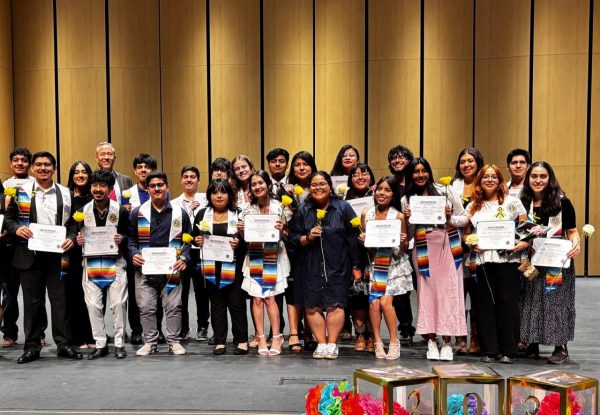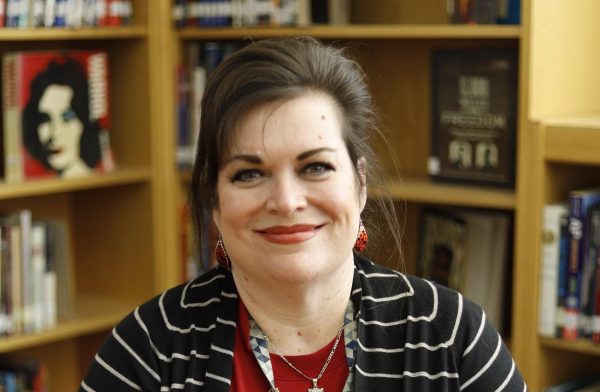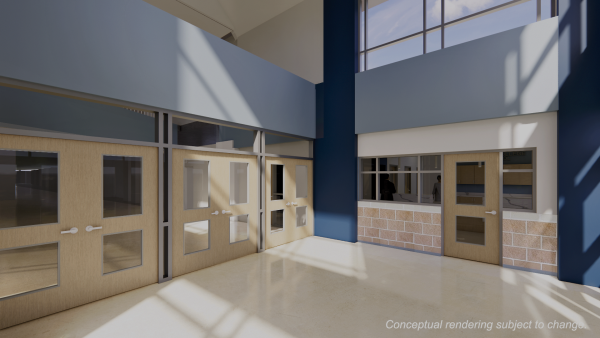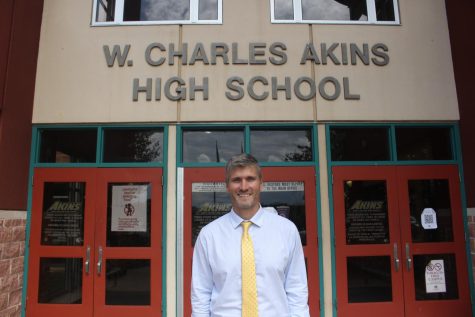Students failing many classes at end of school year
Photo Illustration by Ciera Moffett
Students in Lora Alaniz’s Commercial Photography class created photo illustrations that represent the stress, struggles and the loss of motivation that students are experiencing. The illustration shows the challenges of keeping up with their classwork in addition to all of their personal conflicts.
An Akins senior wrote: “I’ve just struggled to pass. There is nothing else to it, struggled to pay attention, struggled to do assignments, struggled to pass tests.”
An Akins junior wrote: “Motivation because it’s kinda hard for me to want to do an academic project if I could turn on the TV ten feet away from me”
An Akins sophomore wrote: “It’s been really bad because of school. Nothing has really motivated me enough to do school. School felt more optional being online and that has affected my grades by a lot.”
These are the comments of Akins students who responded to an online survey by The Eagle’s Eye in which they were asked to explain how they are doing at the end of the school year.
The 2020-2021 school year has been rough on all students to some extent. In The Eagle’s Eye survey, in which more than 130 students responded, about 85 percent said they were failing at least one class while 58.8 percent said they were failing at least two classes. According to the survey results collected in late April and early May, 14.7 percent of students reported that they were currently failing four classes.
Principal Tina Salazar said the course failure rate is very alarming right now.
“We are in abnormal times across the board,” she said. “I have never seen anything like this, but then again, we have never been in a pandemic before.”
Salazar said it’s hard to determine what obstacles students are facing because most of them are still at home taking their classes remotely.
“What I know is that this pandemic has been extremely difficult for us all to navigate and it is going to take every single one of us to help our students rebound from this in every aspect,” she said. “That means Akins will become whatever our students need. We will serve and assist.”
Salazar said there are many programs available during the school year to help students recover courses they might have failed this year, including DELTA, Twilight, and Jump Start. The campus will also host two in-person Summer School opportunities this summer with Session One running from June 7 – June 17 and Session II is from June 24 – July 1.
“Our true concern is the number of students who are failing four or more classes,” she said. “This is truly devastating and difficult to recover and graduate on time.”
Salazar said the campus goal is to help students recover as many credits as possible to graduate on time.
“(Texas Education Agency) gives all public schools four years to graduate a student. Once a student is enrolled in high school, the clock starts. Four years from that beginning date TEA expects that student to graduate no matter what. (Right now that still exists). All schools that have students who do not finish on time affect that school’s report card. It is called our graduation rate. TEA has not changed this rule and therefore we are still required to help these students get back on track to graduate in 4 years.
Salazar said she has heard some parents say that because of the pandemic they are letting their children take a “gap year” this year.
“Well, in Texas, that doesn’t exist,” she said. “The state of Texas expects us to graduate all students within four years as of right now, regardless of the pandemic.”
Salazar said despite the challenges students have faced this year, there still many ways they can recover their lost credits.
“It is not too late. We can help you,” she said. “I think many students believe that they will be passed onto the next grade even though they did not pass. That is not true.”
In high school, all courses must be passed with at least a 70 and you must attend that course 90% of the time to receive credit. Students need 26 credits to achieve their diploma. If you pass the course but fall below 90% attendance you must make up those hours to get that credit. That means summer school is important because we can help you recover your courses.”
Another resource available at Akins is the campus graduation coach Laura Garza. She said every student’s need is different so she advises them to reach out to her so she can help them identify their needs and challenges to find the right program that will help them.
“My goal is to assist students who need additional support to graduate with their cohort,” she said. “Together, the student and I, identify the barriers preventing them from graduating and, through collaboration, we develop a plan of action that will help keep them in school and move forward to graduating. Each plan will involve setting interventions that will help overcome these barriers and allow the student to be successful.”
English teacher Ryan Thomas, who coordinates the campus peer tutoring program, said students from all core subjects have been seeking out the program’s services in the last few months of the school year. Some are there for tutoring and some are there to make up attendance hours.
Thomas said most students attending the peer tutoring sessions have had a hard time staying on top of their schedule and assignments without the structure of in-person school this year.
“For many students, it wasn’t that the academic work was too hard, but it was that pacing themselves and procrastination created a pile of work that felt intimidating to tackle,” he said. “Our tutors help people break it down into manageable chunks and make progress.”
Thomas said he thinks the biggest cause of the increased failure rate this year is loss of motivation.
“Specifically, many students rely on reminders from teachers to put their phones away or just to focus on their work while they are in class, and if they are at home on Zoom, they don’t have those kinds of reminders to refocus. Students also need routine, like everyone else, and the pandemic has upended normal routines that worked for students. It’s been hard for some students to create new routines that are productive and help them manage all of their assignments.”
Thomas said he thinks it’s also been more difficult for teachers to help students.
“In a normal in-person classroom, it’s easy for teachers to look over a student’s shoulder and give them a quick piece of advice or guide them along, but in Zoom, there are extra barriers to giving that assistance. Students also don’t always want to ask for help in Zoom, even if they know they need it, and it can make it easy to fall behind and feel like it’s not possible to catch up, but it is.”
Your donation will support the student journalists of Akins High School. Your contribution will allow us to purchase equipment and cover our annual website hosting costs.




